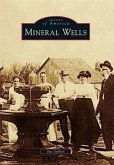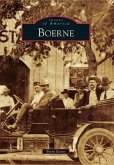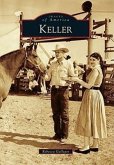In 1882, the Fort Worth and Denver City Railway made its way to Dalhart, and by 1901 two railroads crossed tracks in the northwest corner of the Texas Panhandle. The twist of tracks was located at what is now the intersection of Highway 87, running north and south, and Highway 54, running east and west, in Dalhart. The second railroad, the Rock Island and Chicago Railway, along with the first, gave rise to Dalharts first name, Twist Junction, but right away a new name was chosen and Dalhart was soon established as a center of commerce at the beginning of the 20th century. Dalhart flourished with only a short interruption in growth during the Dust Bowl years. Many families left Dalhart during those years but returned later to dig the city out from the devastation of the 1930s and begin again. Dalhart quickly recovered and thrived as it once had and continues as a main thoroughfare for travelers crossing the United States, whether by rail, semitruck, or passenger car.








